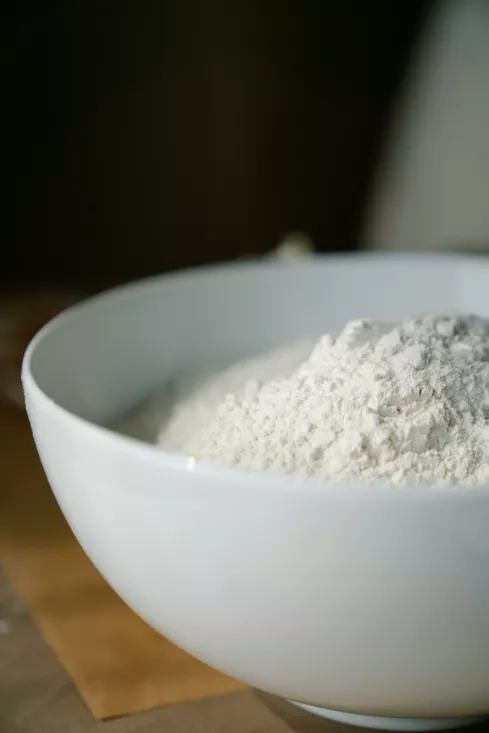The Importance of Sieving for Food Safety
An Essential Process for Food Quality and Safety
In the food industry, the safety and quality of final products largely depend on rigorous controls throughout the production chain. One of the key processes is sieving, which plays a crucial role in ensuring food safety. At PRO3S, specialists in solid processing and third-party manufacturing, we fully understand its importance and integrate it as a critical step in our workflows.
Sieving: more than particle separation
Sieving classifies solids based on particle size using specific mesh sizes. It removes foreign bodies, clumps or inconsistent particles to achieve a homogeneous product that meets quality standards.
In the human and animal food sectors, sieving directly contributes to food safety by preventing contamination and ensuring product integrity.
Hazard Analysis and Critical Control Points (HACCP)
In food safety systems like HACCP, sieving is often defined as a Critical Control Point (CCP). At PRO3S, we ensure its effectiveness through:
-
Equipment calibration and validation
-
Lot registration and sieve replacement frequency
-
Cleaning and disinfection protocols
-
Visual and documented traceability checks
Applications of sieving in the food industry:
-
Flavourings and colourings
-
Nutritional supplements
-
Premixes for food and feed
-
Flours, spices, enzymes, additives
Key benefits:
-
Contamination prevention
-
Product homogeneity
-
Improved downstream processing
-
Regulatory compliance
At PRO3S, we use various sieving systems—vibratory, centrifugal and precision screens—to serve food, feed, chemical, detergent and biocide sectors.
Conclusion: Sieving is more than a production step—it’s a fundamental tool to safeguard public health and deliver consistent quality.
